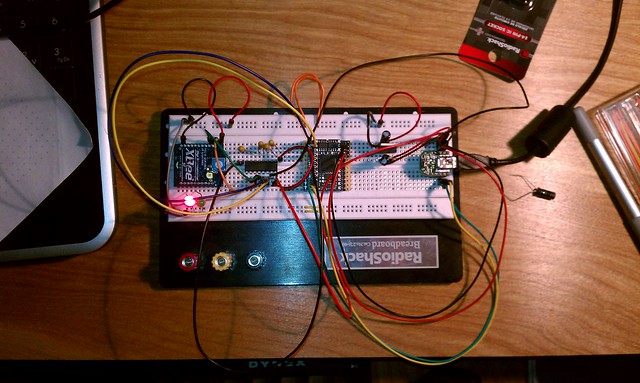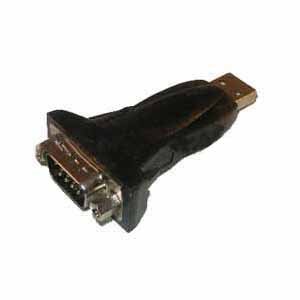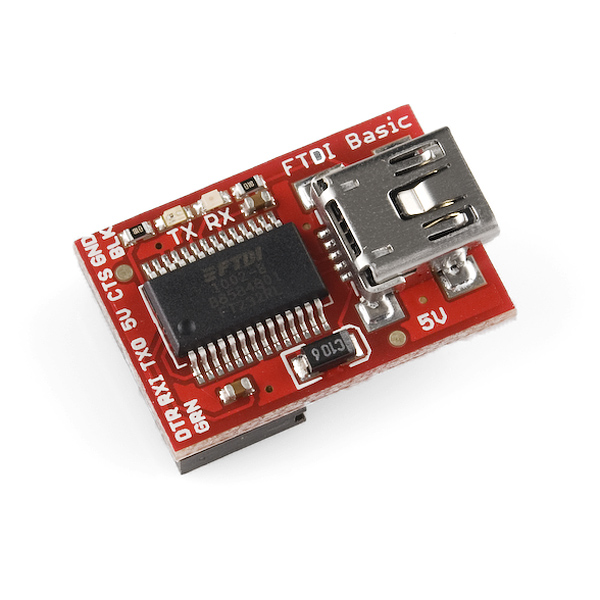I think there is a lot of confusion about how to use the COM2 port on the Netduino Mini. I was orginally in the same place coming from using the FEZ Domino which had more than one standard serial port. What I needed was 2 COM ports that both work on TTL levels. There are 3 basic types on comminication when dealing with these small chip and they sometimes can get confusing, but here is what I have found:
The mini has 2 com ports, one is rs232 and one is TTL, neither of these is (or will work directly with) USB. To connect to USB you will need a fdti chip that usually comes with the mini usb plug. The best (and smallest) one I have been able to find is this one:
http://www.mouser.co...j6TUmuUKXOEIg==
It allows me to connect my Neduino Mini TTL pins to USB for deploying and debugging. While this alone is great, what do you do if you need some other serial connection to something like Xbee or Wifi? After doing some research, I found that the MAX232 chip would allow me to convert the COM2 port from rs232 to TTL so that I could use it to connect to the Xbee or something else that required TTL levels. The MAX232IN is what I used and it is available here:
http://www.mouser.co...PHXgRUYuZ8BsA==
It needs 4 additional caps (1uF available at any radio shack) and your xbee will need a voltage regulator to convert the 5v power source to a 3.3v power source (just need to covert the power, not the signal levels).
What does this give you? It basically gives you a Netduino Mini with USB for power and debugging PLUS an additional usable COM port that can be used to connect to another micro serial device (which I think is what most of you are looking for). I am designing a special Netduino Mini board that will have all of this and the Xbee that you can make on a standard protoboard from radioshack (basically one layer pcb). Ill post the full plans with pictures and instructions as soon as I have it all soldered out (maybe next week). Should be simple enough for anyone reading these boards to be able to understand and do at home.
here is the basic idea worked out on a breadboard:





















